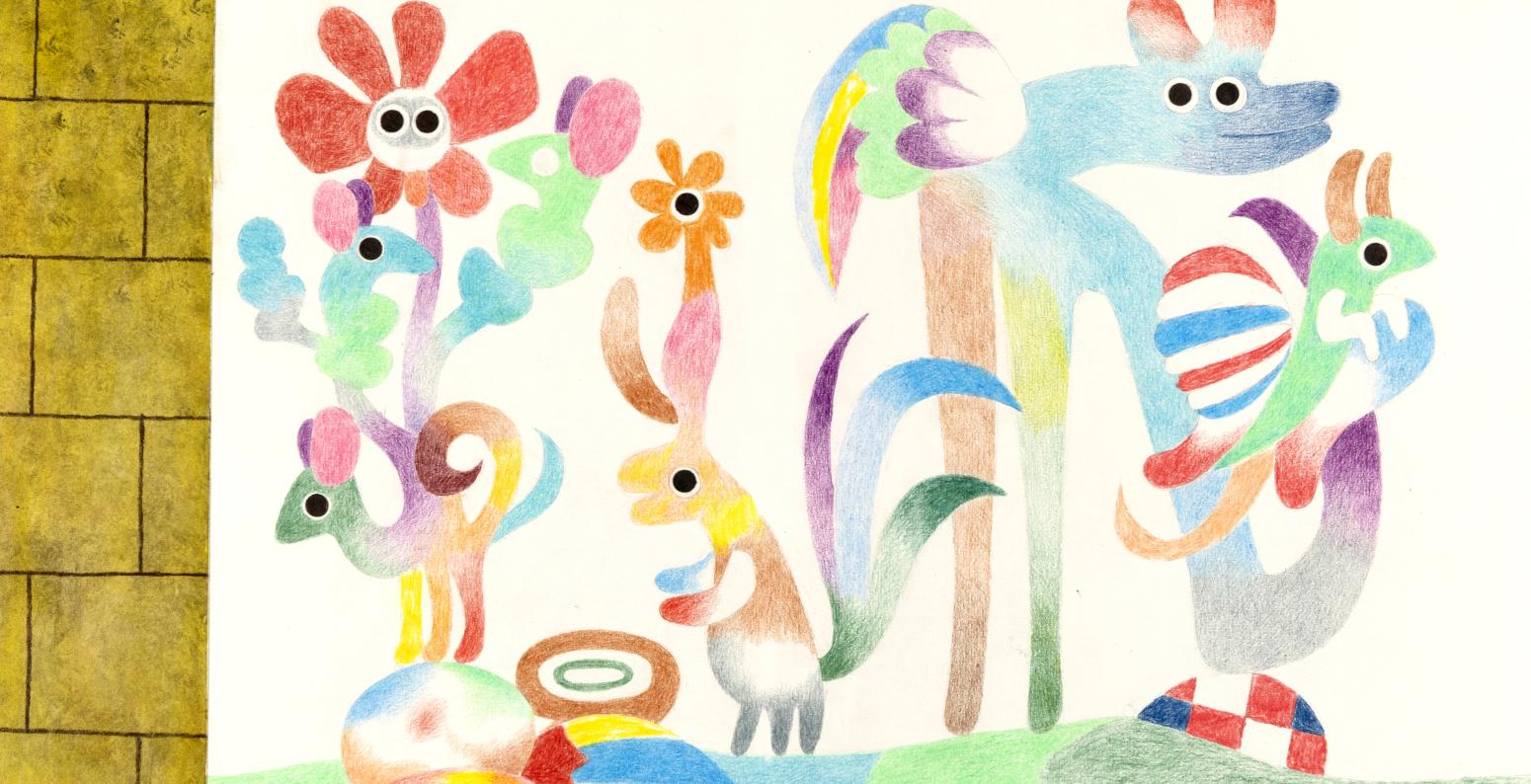
Leo Lionni
Throughout his life, Leo Lionni (1910–1999) moved between New York City and his beloved Italy. An art director on Madison Avenue as well as an accomplished painter, sculptor, and printer, he published his first picture book, Little Blue and Little Yellow (1959), at age 49. Lionni’s 40 books for children demonstrate a consistent aesthetic of elegant design and draftsmanship. He is best known for his animal fables in which characters, rendered in paper collage and color pencil, collaborate to solve problems or teach gentle lessons. Lionni was a four-time Caldecott Honor winner for Inch by Inch (1960), Swimmy (1963), Frederick (1967), and Alexander and the Wind-Up Mouse (1969). He championed many young illustrators, including Eric Carle, who considered Lionni a mentor and lifelong friend.
The Lionni family has gifted nearly 80 original artworks to The Carle. The Museum presented the 2003 exhibition Leo Lionni: A Passion for Creativity. In 2011, with help from a group of generous donors, The Carle purchased Lionni’s cast bronze sculpture The Imaginary Garden, on view in the Museum’s Great Hall.
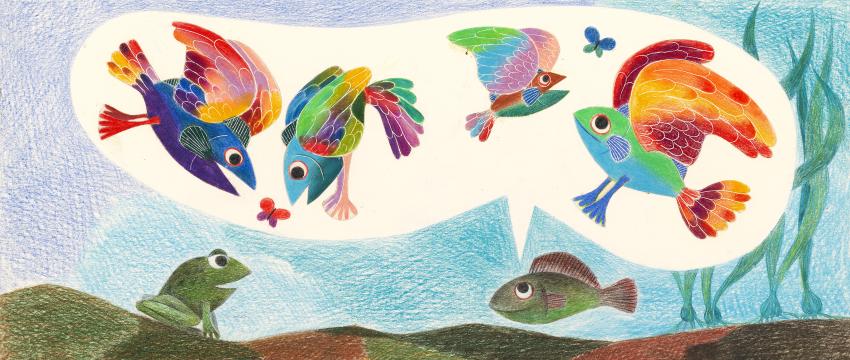
Leo Lionni, Illustration for Fish is Fish (Dragonfly Books). Leo Lionni Collection, Gift of the Lionni Family. © 1970 Leo Lionni.
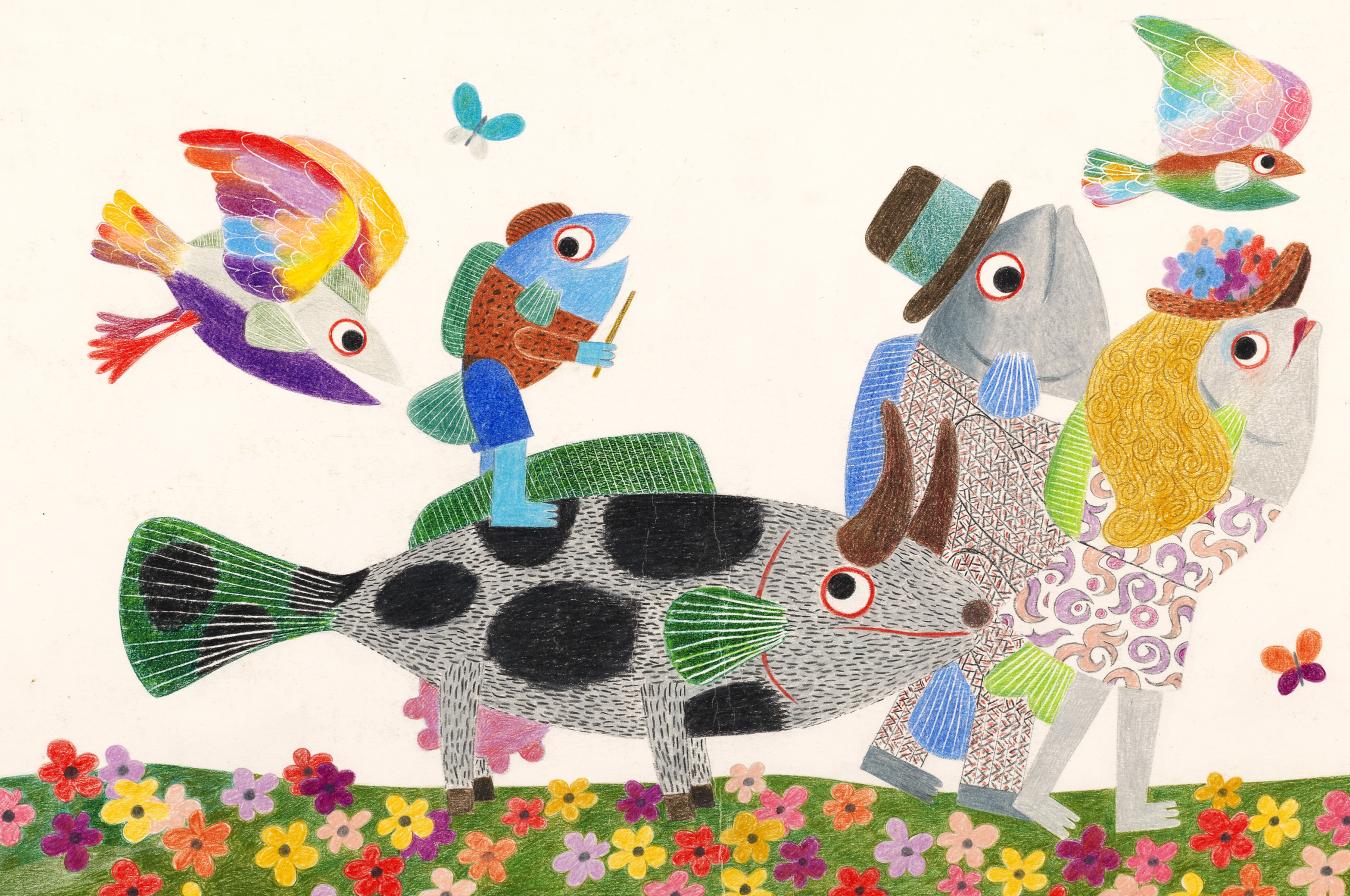
Frog returns to the pond of his birth and tells his best friend Fish about all the marvelous creatures he met on his travels around the world. Here Lionni portrays Fish’s imaginings of those mysterious creatures Frog calls cows, birds, and people.
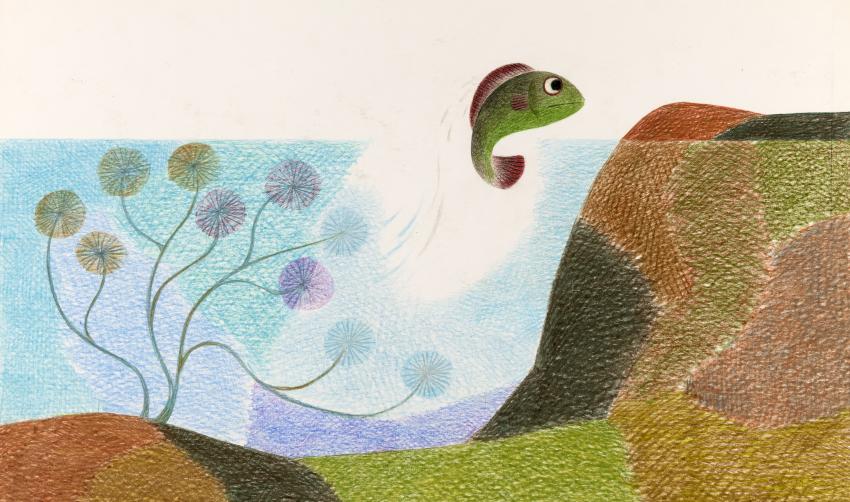
Leo Lionni, Illustration for Fish is Fish (Dragonfly Books). Leo Lionni Collection, Gift of the Lionni Family. © 1970 Leo Lionni.
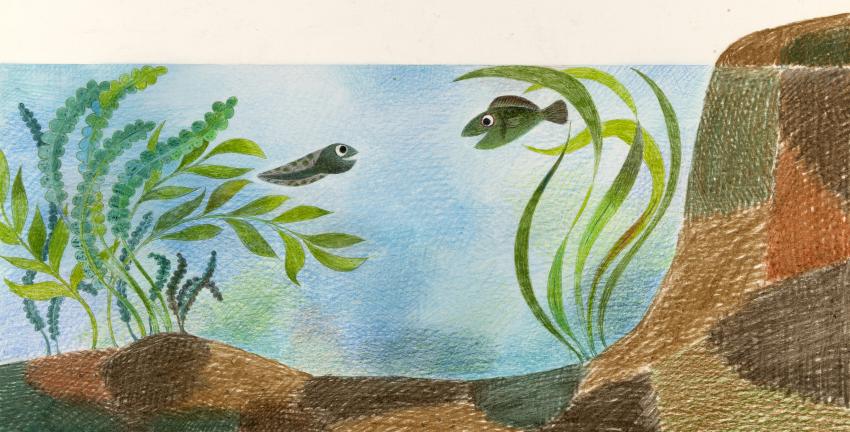
Leo Lionni, Illustration for Fish is Fish (Dragonfly Books). Leo Lionni Collection, Gift of the Lionni Family. © 1970 Leo Lionni.
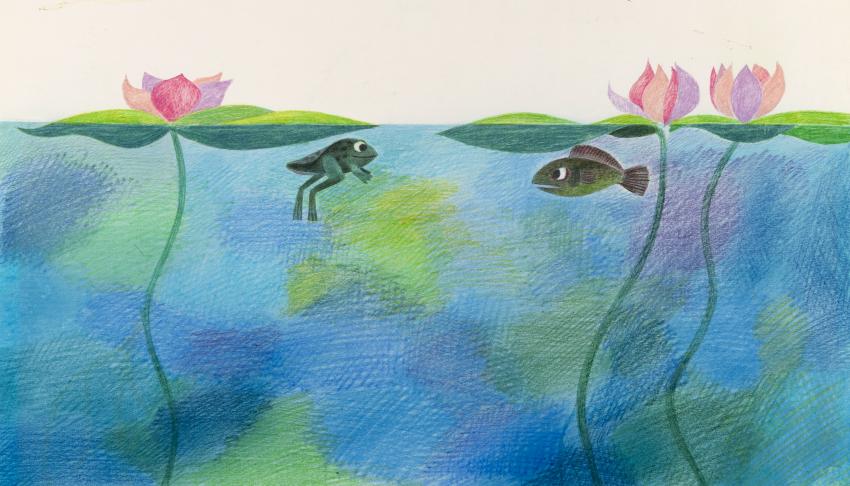
Leo Lionni, Illustration for Fish is Fish (Dragonfly Books). Leo Lionni Collection, Gift of the Lionni Family. © 1970 Leo Lionni.
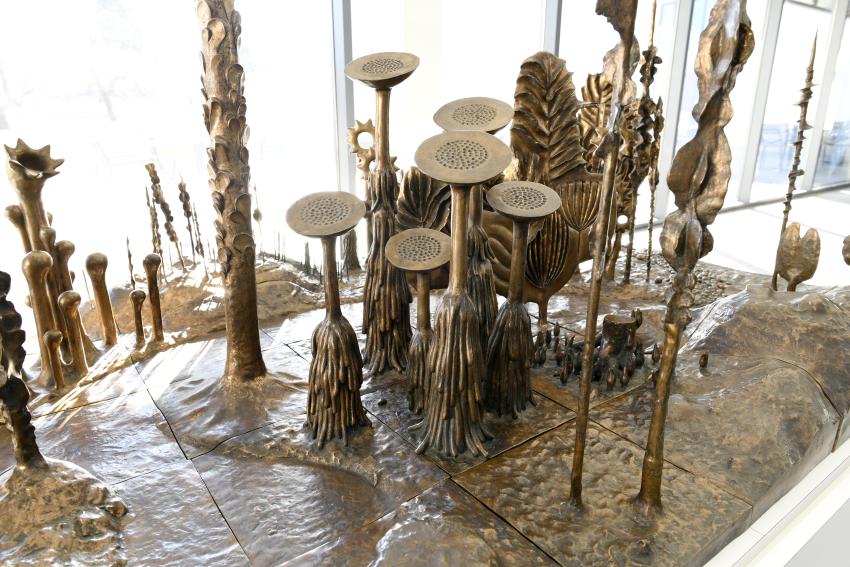
Leo Lionni, Imaginary Garden, 1978. Gift of Andrew Bailey and Ann Hirsch; Antonio Gebauer and Aurelia Reinhardt; William and Barbara Hazen; Henry, Allegra, and Jasper Lilienfeld; the Guss and Lionni families; Alexander S.C. Rower; Sadie Shebairo; David Steinberg; Michael, Francesca, and Andrew Steinberg; and Steinberg, Shebairo LLP. © Leo Lionni.
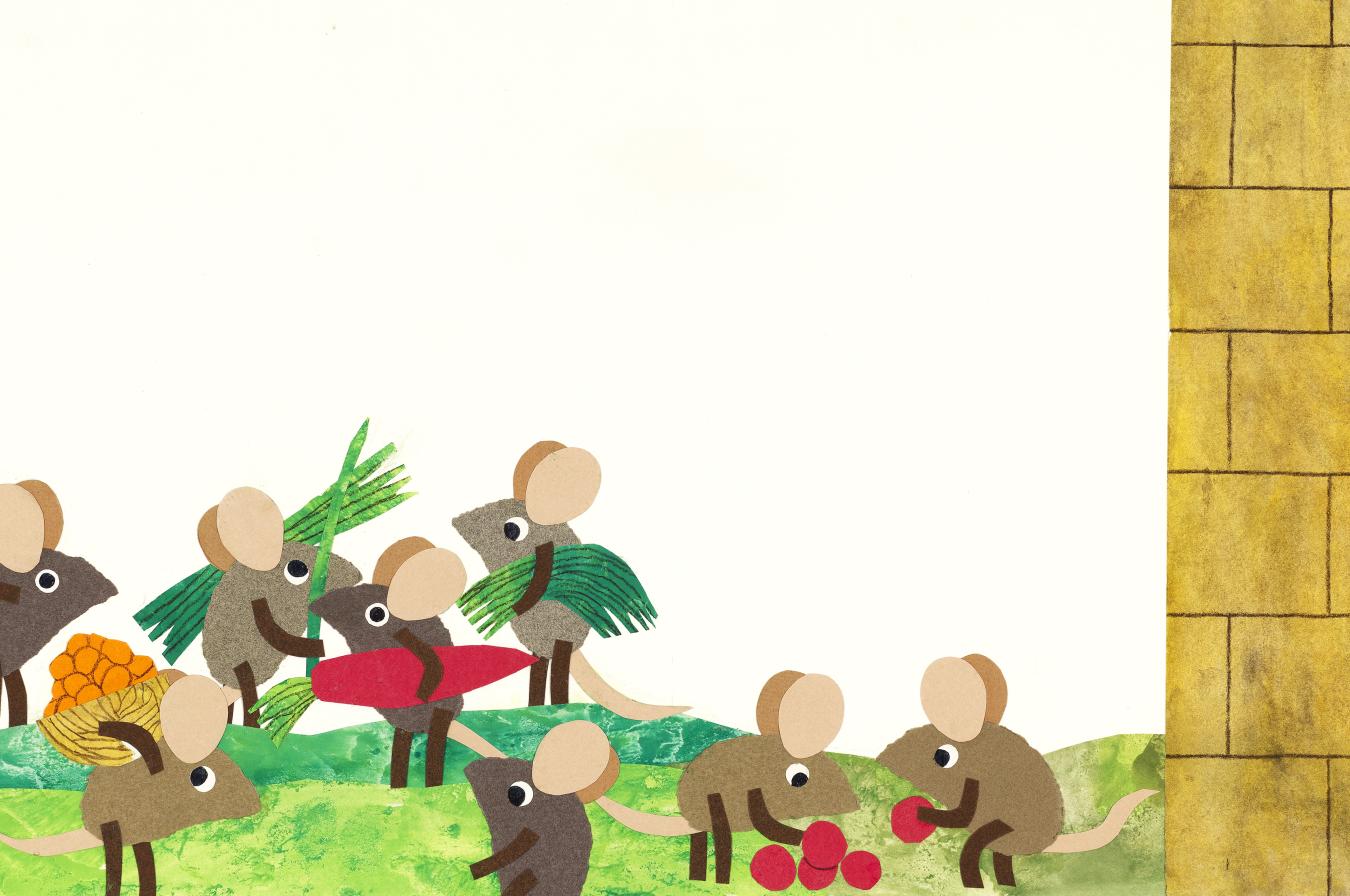
In Tillie and the Wall, a curious mouse is determined to discover what lies on the other side of a wall. It is a tale about perseverance and breaking down barriers. A renowned graphic designer, Lionni uses abundant white space for a crisp, clean aesthetic.
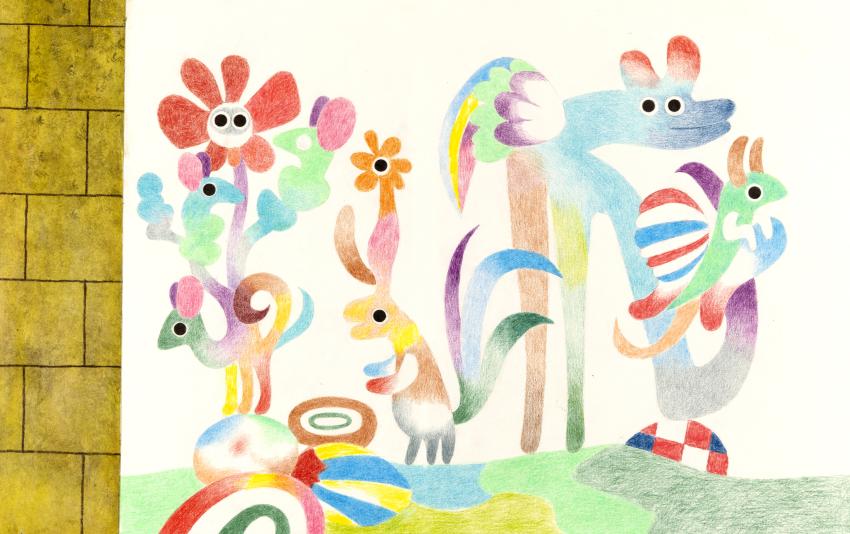
Leo Lionni, Illustration for Tillie and the Wall (Dragonfly Books). Gift of the Lionni Family © 1989 Leo Lionni.
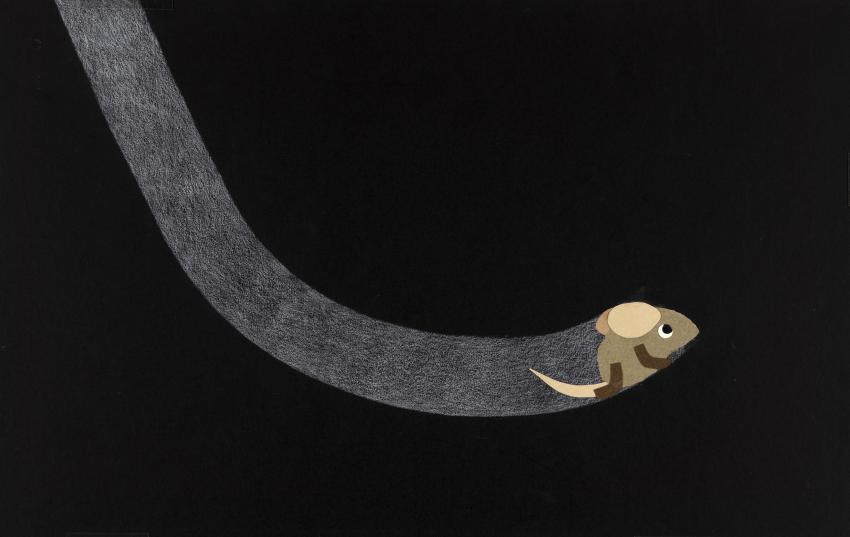
Leo Lionni, Illustration for Tillie and the Wall (Dragonfly Books). Gift of the Lionni Family © 1989 Leo Lionni.
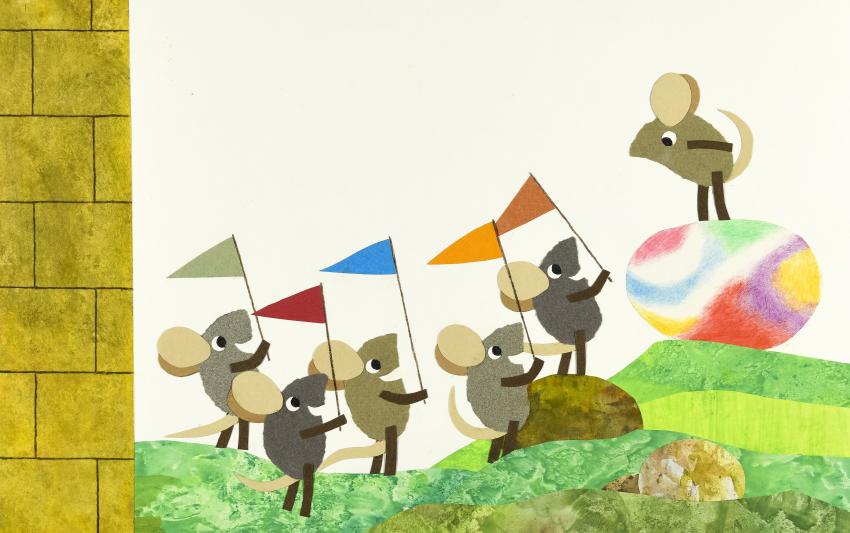
Leo Lionni, Illustration for Tillie and the Wall (Dragonfly Books). Gift of the Lionni Family © 1989 Leo Lionni.
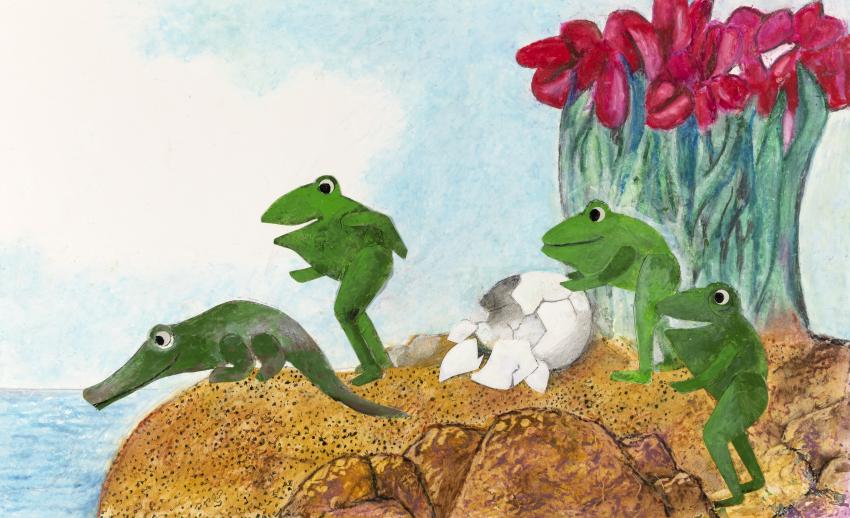
Leo Lionni, Illustration for An Extraordinary Egg (Dragonfly Books). Leo Lionni Collection, Gift of the Lionni Family. © 1994 Leo Lionni.
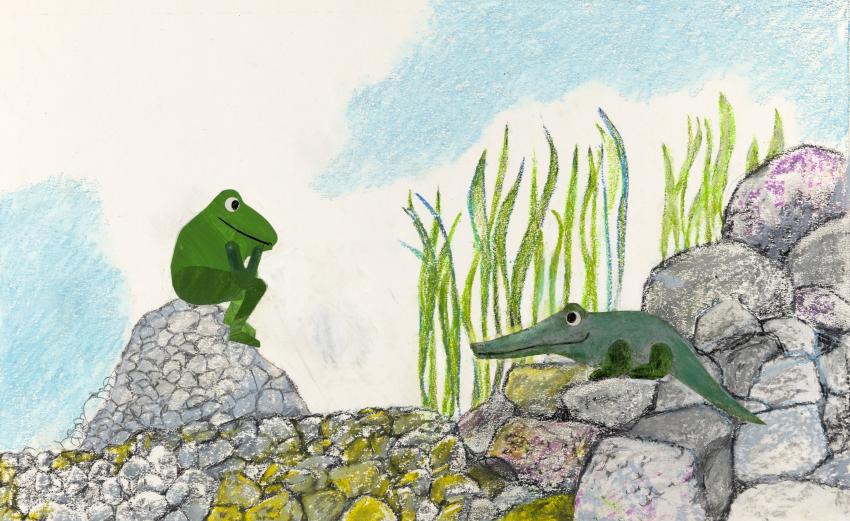
Leo Lionni, Illustration for An Extraordinary Egg (Dragonfly Books). Leo Lionni Collection, Gift of the Lionni Family. © 1994 Leo Lionni.
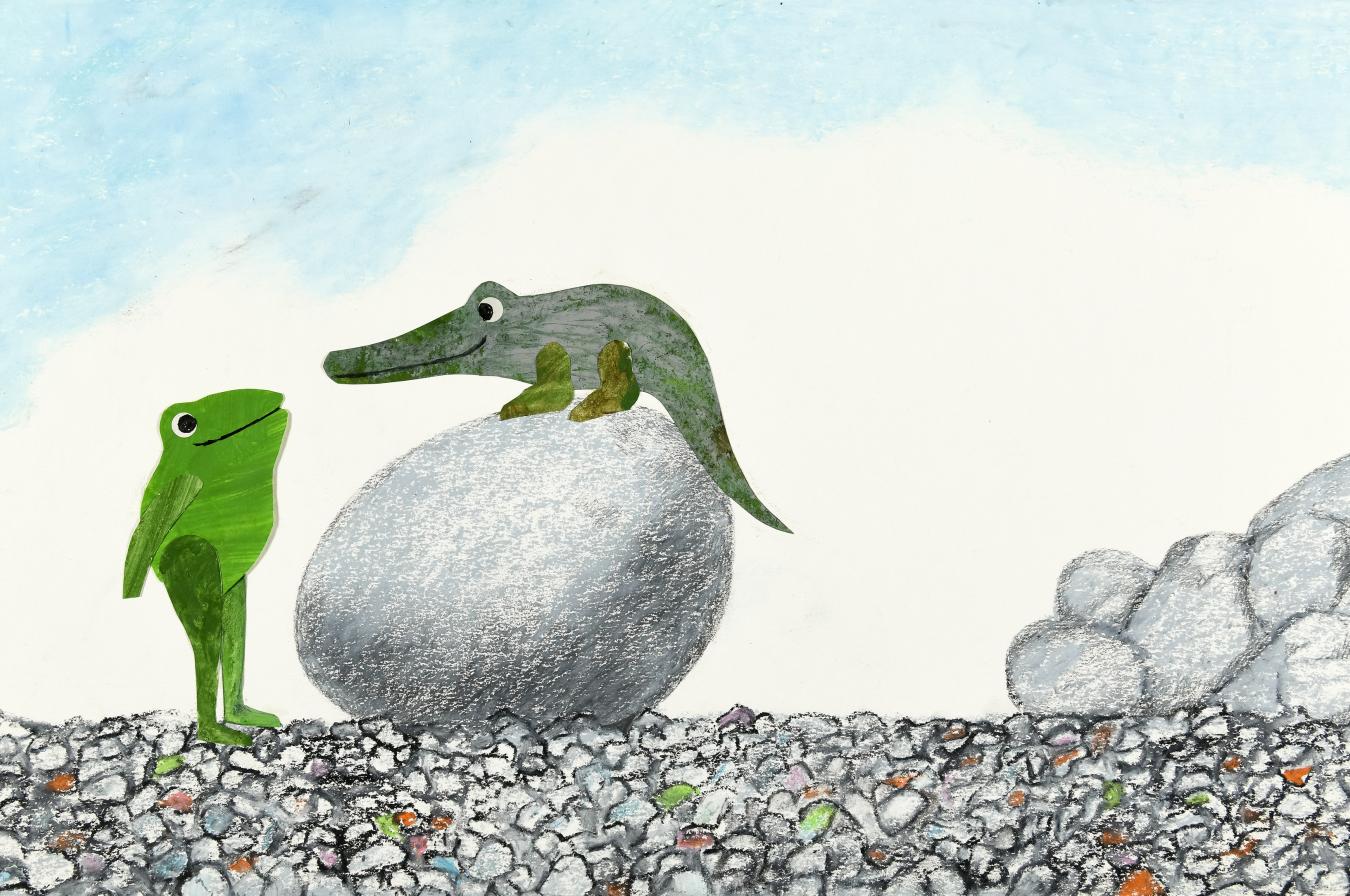
Have you ever had a friend who turned out to be something you never expected? Lionni’s tale takes place on Pebble Island where Jessica Frog discovers an egg. Out of the egg hatches a “chicken” and their friendship blossoms. Lionni uses white space to focus attention on the two unlikely friends.
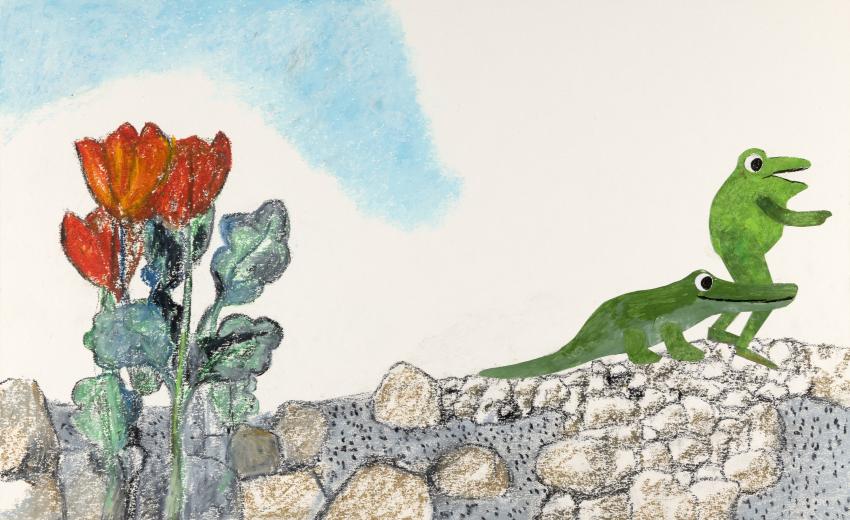
Leo Lionni, Illustration for An Extraordinary Egg (Dragonfly Books). Leo Lionni Collection, Gift of the Lionni Family. © 1994 Leo Lionni.
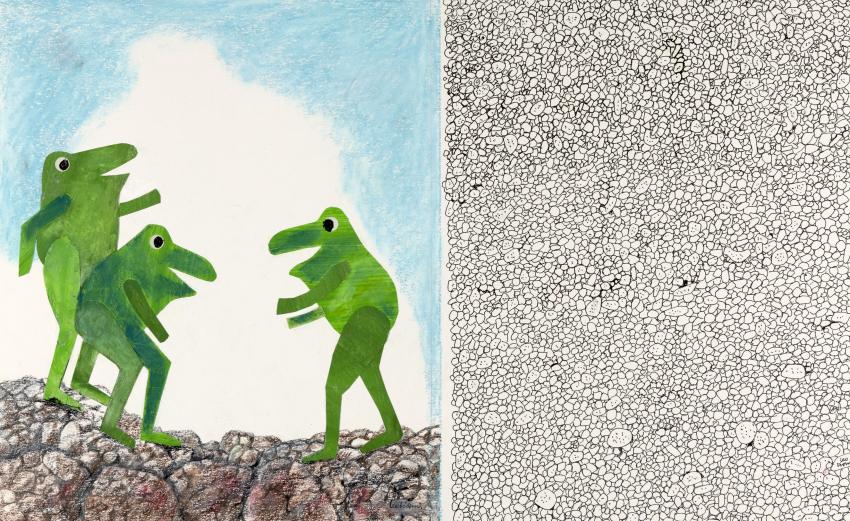
Leo Lionni, Illustration for An Extraordinary Egg (Dragonfly Books). Leo Lionni Collection, Gift of the Lionni Family. © 1994 Leo Lionni.

